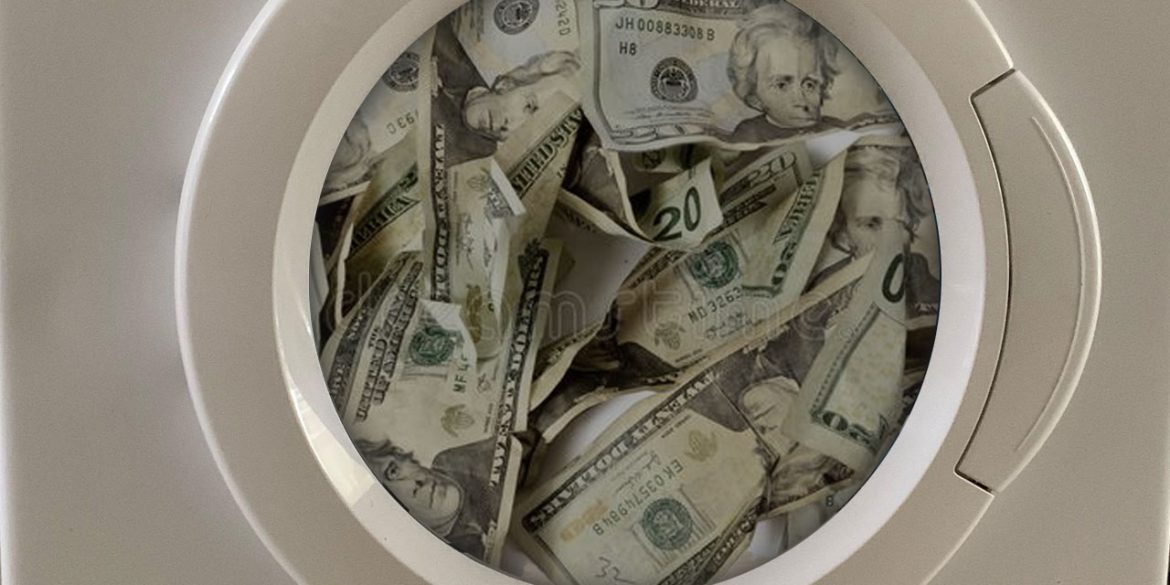Colombia’s law enforcement and international agencies have spent decades trying to keep up with the ever-changing money laundering rackets that finance drug trafficking.
This may feel like bringing water to the ocean because of organized crime organizations’ ability to hide behind or in legitimate businesses and their constant ability to adapt.
Laundering Colombia’s drug money | Part 1: how to do it
Going after the banks
 Targeting banks has been going on since the 1970s, but continues to be complicated as bank are extremely powerful and, for example, US prosecutors can’t just look into the activities of foreign banks.
Targeting banks has been going on since the 1970s, but continues to be complicated as bank are extremely powerful and, for example, US prosecutors can’t just look into the activities of foreign banks.
The most recent scandal involving the Danske Bank is only the latest example of how normal banks are still vulnerable, but don’t really seem to care and are difficult to bring to justice.
The former finance minister of Estonia raised concerns in 2007 after the bank had taken over the Finish Sampo Bank, but it took Danish prosecutors 10 years to file charges over money laundering by that bank’s Estonian branch.
Thirteen years later, international organizations are still trying to figure out how much to fine the bank that allegedly laundered $229 billion.
Going after foreign countries’ secrecy laws
 Tax havens have been a blessing for narcos for decades, but forcing them to become transparent is almost impossible as Colombia found out.
Tax havens have been a blessing for narcos for decades, but forcing them to become transparent is almost impossible as Colombia found out.
Panama’s secretive tax laws are not just stimulating the neighbors’ economy, but gladly used by Colombia’s powerful elite to evade taxes as well as narcos to hide money.
Colombia’s foreign ministry threatened to put Panama on its tax haven list in 2014, which caused major diplomatic tensions.
It wasn’t until after the revelation of the Panama Papers revealed in 2016 how the country had become a global tax haven that the pressure became too much and Panama agreed to more transparency.
Weeks after the Panama Papers, Colombia was able to arrest Panama’s allegedly most prominent money launderer, Nidal Waked, who was wanted by the United States.
Law enforcement’s race to keep up

The Prosecutor General’s Office in Bogota (Image: Wikipedia)
In Colombia, law enforcement has been racing to keep up with domestic money laundering rackets used by all kinds of organized crime organizations, including drug traffickers.
Some organizations, like Medellin’s Oficina de Envigado, have specialized in this organized crime activity while leaving the transnational trafficking to associates.
Between 2012 and 2016, the prosecution was able to obtain an average of 43 convictions per year, which lead to a major accumulation of cases.
Prosecuting money laundering
Source: UIAF
According to the prosecution, it was able to reduce pending money laundering cases from 879 in 2016 to 278 at the end of 2019 and secure the conviction of 312 people.
This would have cost drug trafficking organizations approximately $3.3 billion (COP12 trillion) and the confiscation of almost $17 million (COP61 billion) in assets, the prosecution said in a report released earlier this year.
The prosecution claims have not been confirmed, however, making it impossible to estimate the reliability of the claims made by the notoriously corrupt entity.


